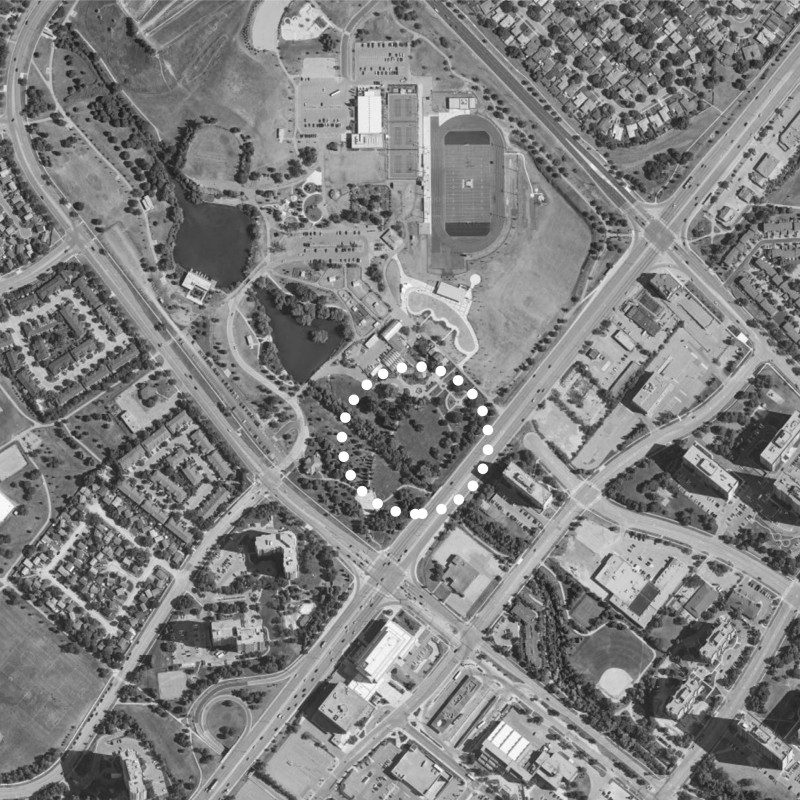5 key facts about this project
The design of the memorial is structured around three key phases: the entrance tunnel, the underground dome, and the above-ground pavilion. Located in a reflective environment, it seeks to explore the themes of hate and the path toward understanding. The overall design concept guides visitors through a sequential experience, highlighting the emotional shifts from ignorance to enlightenment.
Entrance Tunnel
The entrance tunnel represents ignorance. At first, it appears harmless, inviting visitors to enter with a sense of safety. However, as one moves deeper into the tunnel, the atmosphere changes. The lighting dims, and the space becomes more confined and darker, creating a sense of unease. This gradual transition serves to illustrate how ignorance can obscure more troubling realities, setting the stage for further reflection.
Underground Dome
When visitors emerge from the tunnel, they find themselves in the underground dome, which symbolizes hate. This part of the memorial is designed to be enveloping and disorienting. The darkness and oppressive form of the dome aim to evoke discomfort, prompting individuals to confront the harsh realities of hate. The shift from the relative safety of the tunnel to the weight of this space underscores the journey from ignorance to a more profound awareness of societal issues.
Above-Ground Pavilion
The above-ground pavilion represents the possibility of resolution and learning. It is divided into three areas, which serve educational functions, including lecture halls, a library, and a bookstore. The pavilion emphasizes the importance of education as a response to ignorance. It provides resources that can foster awareness and understanding among visitors. This aspect of the design reinforces the belief in knowledge’s power to combat hate, establishing the pavilion as a space for reflection and growth.
The layout details within the memorial not only convey a narrative of progression but also highlight the significance of learning. In the pavilion, the interaction of light and space aims to inspire visitors, creating an environment that encourages thought and contemplation. The experience evolves from the oppressive nature of the dome to the hopeful openness of the pavilion, framing education as a pathway to greater understanding.






















































